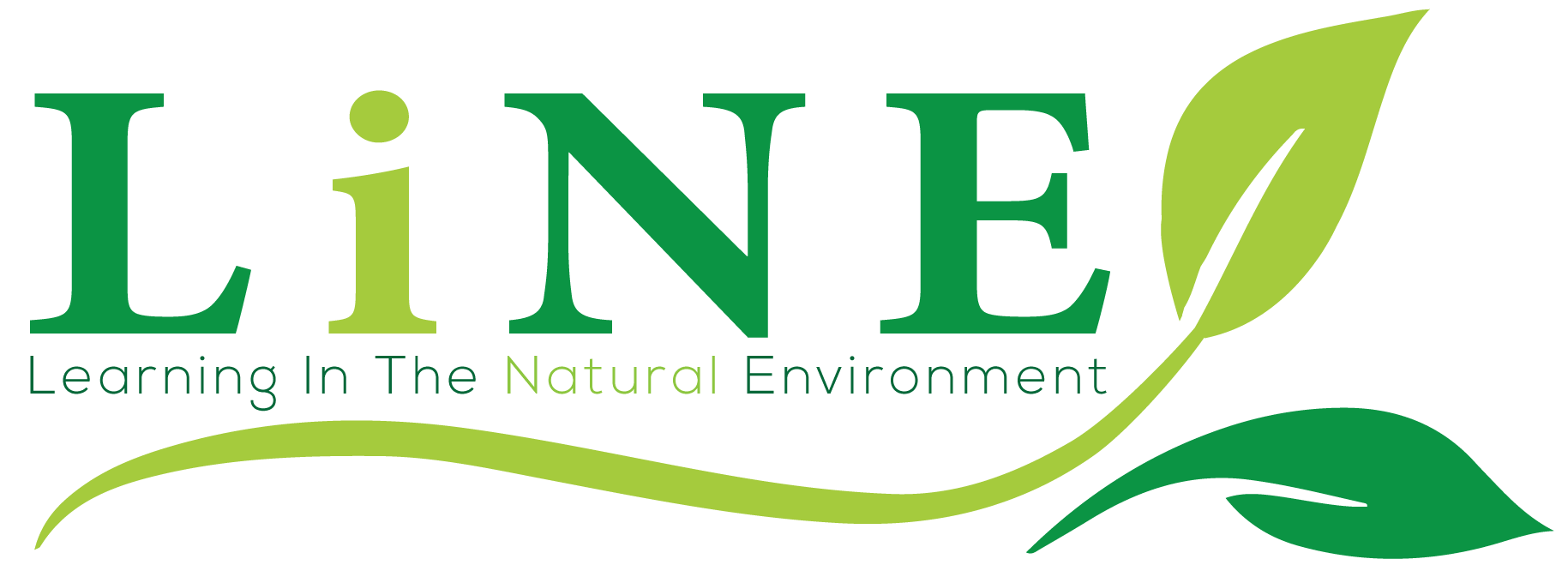Here’s a selection of comments from the participants of the research into outdoor education in York:
Thank you to all the participants who took time out to complete the questionnaire or speak with me directly.
You can download a summary report of the research into Learning in the Natural Environment here.
This research had 40+ participants from a range of schools across York, contributing through questionnaires and interviews.
The key findings from this research are as follows;
1. There is a good support mechanism for schools in relation to their legal obligations and Health & Safety requirements from the local authority as long as they are either part of the LEA or buy into the service
2. Gaining a picture of the exact level of Learning in the Natural Environment (LiNE) in York was difficult because of the lack of uniformity in how, if, what, when and the type of outdoor educational session were recorded across the individual schools and MATs for non-adventurous LiNE
3. Challenges faced by teachers in undertaking LiNE were shared across schools but were not all reported by every school, meaning they were highly localised to each school or MAT. Whilst many issues included concerns about safety, behaviour, cost, resources, toilets, weather, and the administration it was reassuring to see that many of these barriers have addressed by advice from other teachers
4. Our teachers recognised how enthusiasm and help of other teachers, teaching assistants, and volunteers played a big part in the success of their outdoor activities (echoed by Unel & Castle 2012), along with the support of Senior Leadership Teams and embedding LiNE into the school ethos
5. Teachers that engaged with LiNE largely did so under their own direction and only occasionally used an external provider
6. Having access to the correct equipment was a barrier to many although others noted how existing resources were not distributed effectively and no-one mentioned using the free bank of resources held by the 'Environment and Outdoors' section of City of York Council
7. Relevant training and CPD was lacking for most of our participants and those that did have relevant training noted how crucial it is in their LiNE (also found by Waite et al 2017) even though it may have been over 10 years ago
8. Surprisingly the level of paperwork involved in outdoor education had mixed responses with some seeing it as a real barrier and for others it was just something that was necessary to do
9. The vast majority of our participants were enthusiastic for LiNE and several had many years' experience in it. A lot of advice and 'enablers' of successful LiNE shared (see the report) which took the form of practical advice and philosophical thoughts and mindsets
10. England's largest study into LiNE (the Natural Connections Demonstration Project - NCDP) was spread over 4 years and involved 125 schools and 40,000 students. Many of our findings mirror those of the NCDP (and other studies) both in terms of the barriers to LiNE and what makes it successful. Schools in York may be able to apply some of the other findings of the NCDP in order to improve their provision of LiNE
The key output related to this research is;
> The OutdoorEducationResources.UK website which has sifted through hundreds of LiNE related websites to bring you the best websites for lessons plans, resources, advice and more; all categorised to make it easier for you to find the resources you need
For more information about this research or LiNE in York, please contact me using the contact form on either of these websites.
Once again, thank you to all the participants!
